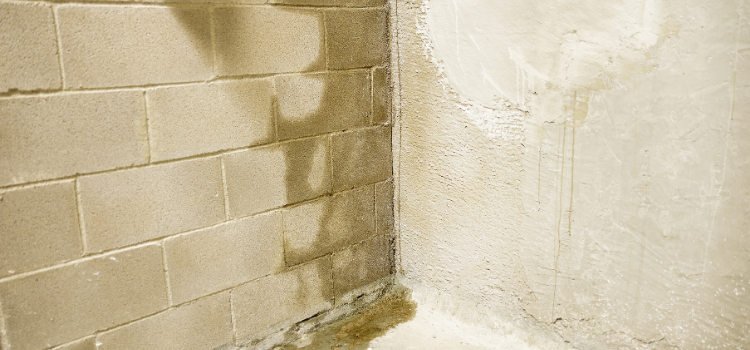
You know there is looming structural damage when your basement starts getting easily flooded or damp. Aside from the structural damage, it causes, a damp or flooded basement promotes the growth of fungus, mould and mildew which will totally deface your home and also cause health complications such as asthma and severe allergies.
Putting in place preventive measures to keep water out of your basement will save you hundreds of dollars in water damage restoration. To help you prevent such occurrence, we have carefully scoured the internet to help you find 5 easy ways by which you can keep your basement completely dry.
1. SEAL THE FLOORS AND WALLS OF YOUR BASEMENT
Cracks and leaks are the chief cause of flooded or damp basements. Before having to deal with this, you can take proactive measures to prevent cracks and leaks in the walls and floor of your basement. This waterproof sealant will act as extra membrane protection on the walls and floor of your basement, sealing off the water and keeping it completely dry. Sealants can’t act as a remedy for cracks and leaks. This is why it is very important to apply a thick coat sealant on the wall and concrete floor of your basement before the appearance of leaks and cracks.
2. KEEP WATER AWAY FROM YOUR FOUNDATION
Your basement can easily get damped or flooded if water seeps through your foundation. This majorly happens when your home becomes waterlogged as a result of poor slope or blocked drainage. When your drainage is blocked, water spills over and seeps through the foundation of your home, causing a damped of a flooded basement. Ensuring your drainage is never clogged so water can easily flow through is a good way to prevent this. Poor topography can also cause water to seep through your foundation. You can correct this by properly grading the slope of your home to direct water away from your foundation. This will keep water away from your foundation, making your basement as dry as it can be.
3. PATCH HOLES AND CRACKS
As your home age, you’re bound to find cracks and holes in the foundation. Contrary to popular opinion, this isn’t due to poor construction work. Most home bear crack and holes in their foundation over time due to shrinkage, regional complications like frost heave and settlement. It is important to discover these cracks in their early stage so they can be easily fixed. This is best done by watching out for dampness on the walls of your basement and tracing the source of the leak to get it fixed immediately before it worsens.
4. GET A DEHUMIDIFIER
The basement is the most humid part of the home and this is due to the amount of moisture constantly permeating the walls of the foundation. Another major factor contributing to this is the amount of humid air present in the basements of a home. Getting a dehumidifier is the best way to tackle this effect. A dehumidifier capable of keeping the humidity level of your basement between 30 to 50% will work just fine in eliminating dampness and moisture in your basement.
5. INSULATE YOUR COLD-WATER PIPES
On very hot days, cold water pipes tend to give away moistures that take the form of sweat around the pipe. This can be a major source of moisture in your basement if not corrected. This can be corrected with foam insulations which are cheap and easy to install. The foam insulation will prevent condensed water from dripping and making your basement damp.














